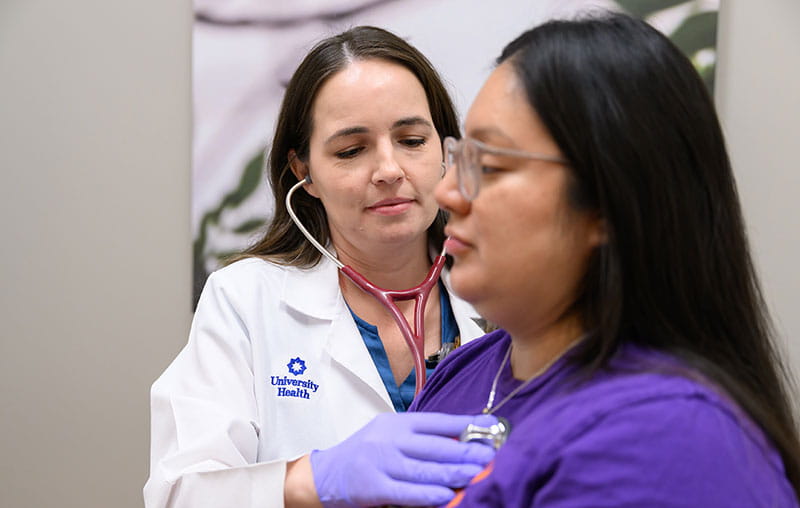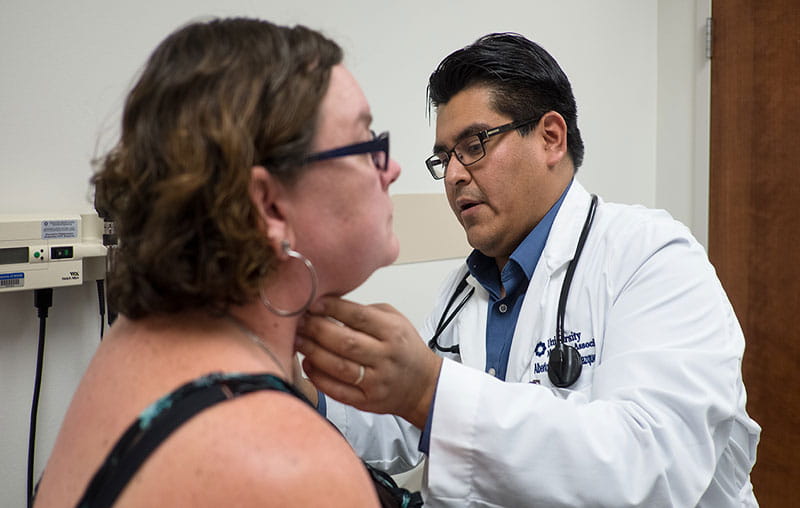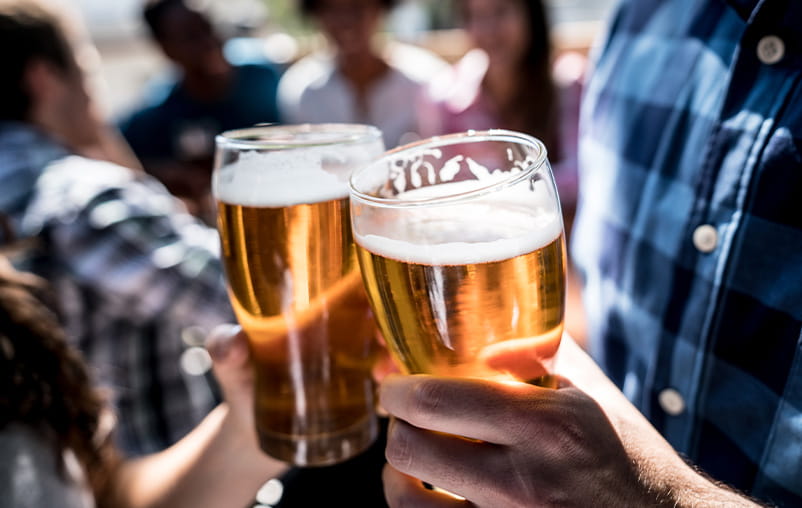If your child has been diagnosed with kidney disease, it’s only natural to want to do everything you can to keep him or her healthy. Why not start with what you serve for dinner?
The foods your child eats play a big role in keeping the kidneys as healthy as possible. Making a few small changes and substitutions in the usual foods your family eats can make a big difference.
Protect Your Kidneys
Kids who have kidney disease can benefit from eating a diet filled with foods that protect the kidneys from further damage. What does that look like, exactly?
Because the kidneys aren’t working at their best, they can’t filter out waste and excess amounts of certain minerals, like potassium, phosphorus and sodium. Fueling up with a good balance of lean protein, unsaturated fat, and healthy carbs (like fruits, veggies, and whole grains) while limiting the intake of those minerals can be helpful.
Best Foods for Kidney Health
So, what foods should you add to your next grocery list? Consider these foods the kidney health all-stars:
- Berries. Many fruits are high in potassium, but berries are not. And they’re packed with lots of nutrients and antioxidants that are healthy for your child’s body. Blueberries, raspberries, strawberries and blackberries all fit the bill.
- Apples. Apples are another fruit that’s low in potassium. They also have an added benefit—eaten with the peel, they’re high in fiber and have a natural anti-inflammatory effect.
- Egg whites. Serve up your child an egg white omelet for a great source of protein without the phosphorus found in the yolk.
- Cauliflower. This veggie is a nutritional superhero, containing vitamins C, K and B, along with fiber and anti-inflammatory properties. It can be a snack with a low-fat dip or mashed up in place of potatoes.
- Chicken. Grill some chicken tenders for a healthy and kid-friendly source of high-quality protein. Choose skinless chicken, which contains less phosphorus, potassium and sodium.
- Bell peppers. Like fruits, many vegetables are high in potassium. Bell peppers, though, are not—and they’re packed with vitamins C and A, both of which boost the immune system.
- Pineapple. If your child has a taste for tropical fruits, many of them, such as bananas and oranges, contain a large amount of potassium. Pineapple should be your tropical go-to, containing a low amount of potassium but a high amount of fiber, manganese and vitamin C.
- Fish. Kids with kidney disease need to watch their protein intake in some cases, but still need good protein sources in their diet. Fish is one. Choose fatty fish like salmon for a dose of omega-3 fatty acids, which benefit the brain and the heart and contain anti-inflammatories.
- Sorbet. When your child has kidney disease, most ice cream is usually a no-go, because dairy foods contain high levels of phosphorus. Sorbet, which contains lower levels of phosphorus and potassium, can meet your child’s craving for something cool and sweet.
- Unsalted popcorn. We all need something crunchy to snack on occasionally, kids included. To avoid excess sodium and other things that could hurt the kidneys, serve up unsalted popcorn seasoned with herbs and spices.
Children’s Kidney Care at University Health
When your child has a kidney condition, you want the best care possible. Get compassionate, expert care from dedicated pediatric kidney doctors at University Children’s Health.




